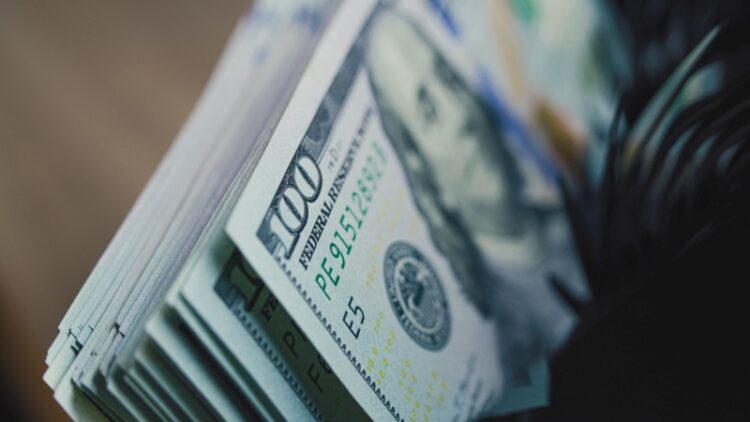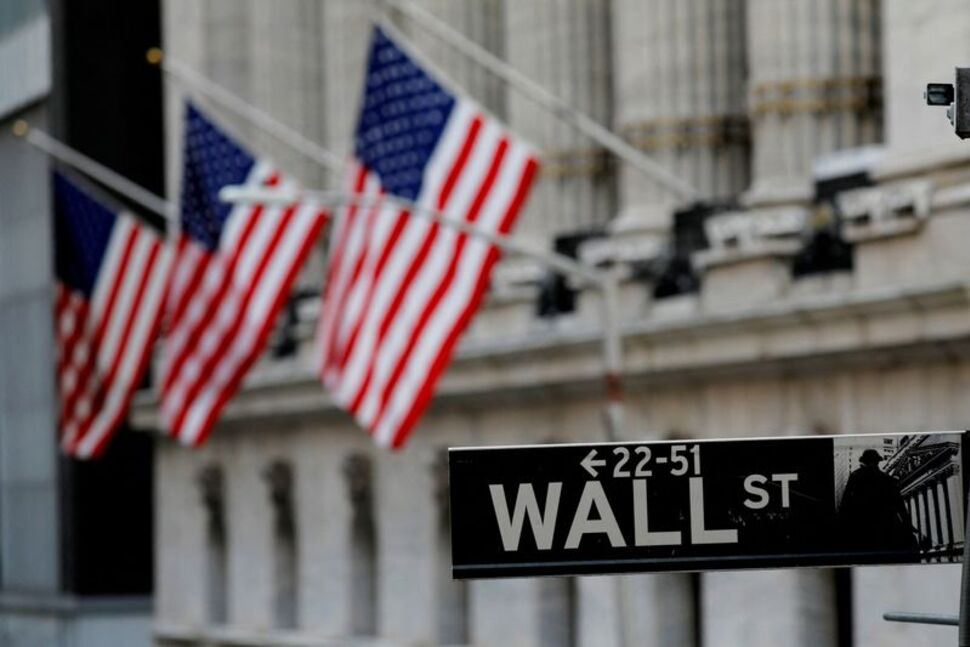Publisher: Maaal International Media Company
License: 465734
Dollar at more than two-week high versus yen as trade war intensifies
اقرأ المزيد
The dollar strengthened to a more than two-week high against the yen on Wednesday as U.S. President Donald Trump pledged more trade-related proclamations after announcing 25% tariffs on Japan and other trade partners, Reuters reported.
The greenback advanced against major peers on Tuesday after Trump’s latest threats of tariffs that are now due to start on August 1, although he later said he was open to extensions if countries made proposals.
Trump said on social media that there would be announcements on Wednesday regarding “a minimum of 7 countries having to do with trade,” without specifying any details.
He also threatened a 50% tariff on imported copper and said he would soon introduce long-threatened levies on semiconductors and pharmaceuticals.
Despite recent gains, the dollar index, which measures the greenback against six major peers, is still down more than 6% since Trump on April 2 unveiled his sweeping “Liberation Day” reciprocal tariffs, which prompted a sell-off in markets but were later mostly postponed to give time to negotiate bilateral trade deals.
“The market’s second take on the reciprocal tariff announcements was actually dollar negative on the view that there was as much harm, or more harm, going to be inflicted on the U.S. from these actions as elsewhere,” said Ray Attrill, head of FX strategy at the National Australia Bank.
“It makes markets reluctant to take a kind of positional view as to how this may play out, given uncertainty still reigns,” he added.
The dollar firmed 0.1% to 146.75 yen, after touching 147.19, and has gained 1.5% so far this week – the greenback’s biggest weekly rise since mid-December.
Export-dependent Japan stands out among major U.S. trading partners as being the farthest from a deal, and its currency has taken a beating as time runs out. Multiple rounds of talks have failed to result in a breakthrough, and Japanese policymakers are increasingly focused on a critical upcoming election.
Speculation that opposition parties will gain seats in the upper house and push for more fiscal stimulus has sent Japanese government bonds (JGBs) lower this week, causing a spike in long-term yields.
U.S. Treasury Secretary Scott Bessent, who has been a key trade negotiator with Tokyo, is expected to attend the World Expo 2025 in Osaka, Japan, later this month, potentially opening the door for more discussions.
“Talks appear to be stalled over Japan’s rice market protections and it’s hard to see the Japanese bending on this one,” IG analyst Tony Sycamore said. “The (currency) pair’s rise was also supported by a fifth day of gains in U.S. yields and a sharp rise in JGB yields on fiscal concerns ahead of Japanese elections on July 20.”
The euro was flat at $1.171 as markets cautiously weighed the likelihood that the European Union would not receive a tariff letter and could secure exemptions from the U.S. baseline rate of 10%, EU sources familiar with the matter told Reuters.
Minutes from the U.S. Federal Reserve’s latest policy meeting are expected later in the day and could offer clarity on the central bank’s policy outlook.
Antje Praefcke, an FX analyst at Commerzbank, credited the euro’s strength against the dollar also to markets pricing in interest rate differentials between the U.S. and Europe.
“The market is now pricing in just under two interest rate cuts by the Fed by the end of the year, but only one by the ECB.”
The dollar index was flat at 97.60, while Sterling was marginally higher at $1.36.
The New Zealand dollar inched up 0.1% to $0.60 after the local central bank left the benchmark interest rate unchanged as expected, noting near-term inflation risks.









